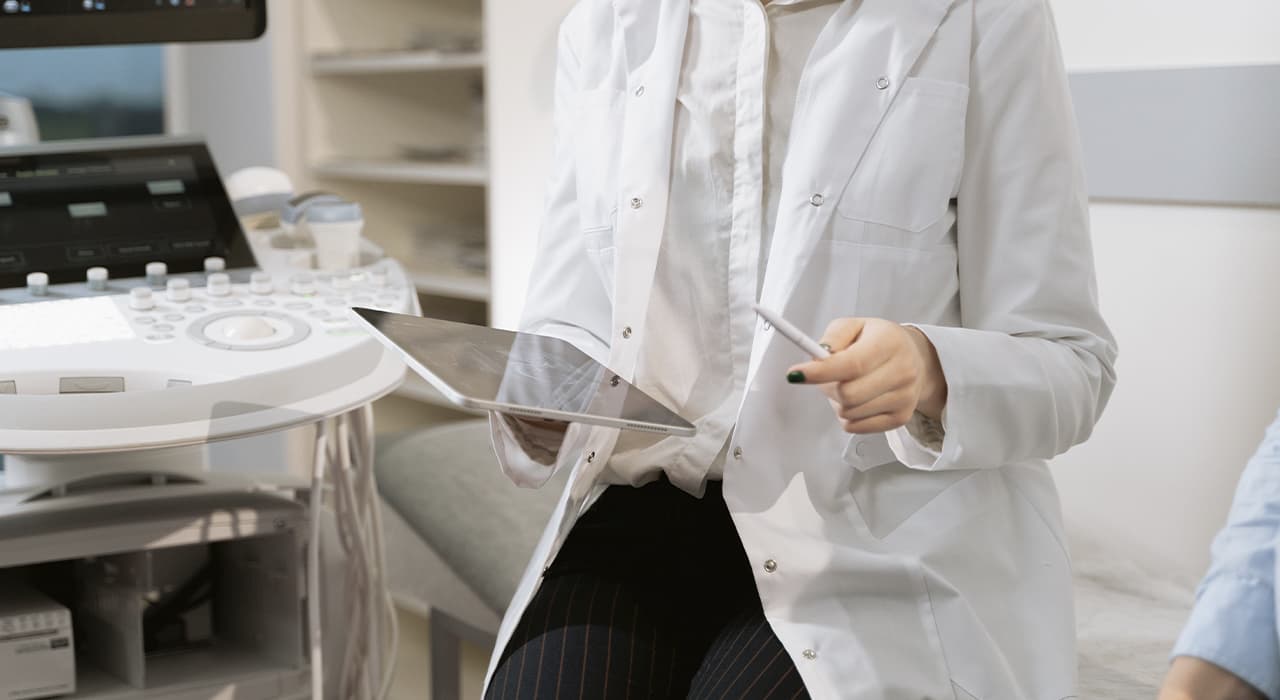To call an ambulance in the United States, simply dial the notorious “911” number, report a medical emergency, and a blinking ambulance, siren blaring, will rush to the sick patient rather quickly. Emergency medical services here are mostly provided by private companies or municipalities.
As a rule, there is no general practitioner or paramedic on the medical team. In the U.S., a paramedic and a driver technician are on call. The technician-driver is responsible for the practical delivery of basic medical aid, and the technician-driver is responsible for driving the ambulance, loading and unloading the stretcher with the patient. At the same time, he must be specially trained to work in the emergency care system, receive the appropriate certificate and have a general understanding of medicine. Interestingly enough, the salary of employees of line ambulance crews, by American standards, is small – about 30-45 thousand dollars a year, which is three, if not four or five times lower than the income of doctors.
Often, licensed paramedics and medical technicians in remote and sparsely populated areas work on a volunteer basis, often as part of fire crews or emergency services.
According to the American Ambulance Association, founded as early as 1979, the total number of specialized medical vehicles in the United States exceeds 48,000, and a total of 840,000 people are employed in the emergency care system. Although there is no federal standard for how long medics should arrive at the scene of a call in the United States, the benchmark is 8 to 12 minutes to reach a patient in need.
About a couple of weeks after being taken by ambulance to the hospital, the patient is bound to receive a very hefty bill. It is true that there are substantial discounts, up to 80 percent, for elderly Americans who qualify for social programs. But in Washington, for example, the average cost of a medical team at home and a trip to an inpatient facility will be from $400 to $700. And in larger cities, you have to pay even more. For example, in Chicago, the countdown starts with 900 dollars for an ambulance call and separately have to pay extra for travel, based on the rate of 17 dollars per mile. In New York, the bill for a trip to the hospital could be as high as $1,290, plus $12 for each mile.
The total amount will be calculated based on the specific medical care provided in the car. If the patient does not have health insurance, which could cover 20 to 50 percent of the bill, the carriage ride will be paid entirely out of pocket.









